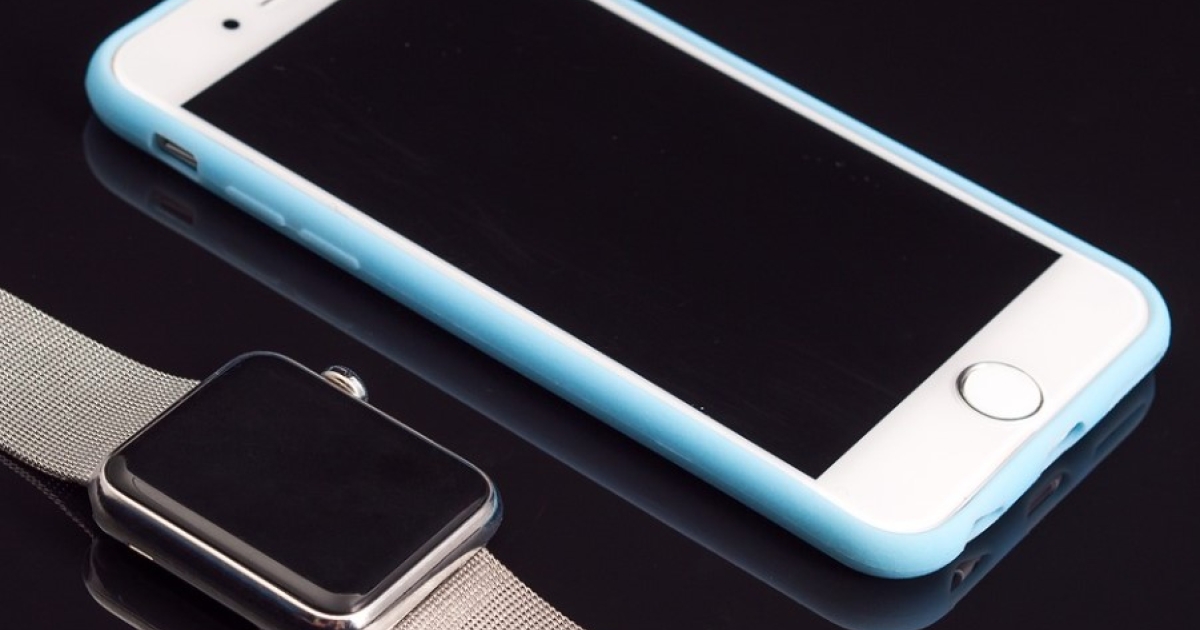
Android device users should prioritize using a reliable mobile cybersecurity application and remain vigilant when downloading applications from third parties.
smart watches (smart watches), and other electronic devices that are worn on the body (wearable devices), are becoming more popular.
“The combination of technology and fashion may be what attracts some people to these devices, but we all need to understand the risks involved in using such a device,” assure experts from digital security company ESET.
Wearable devices include fitness rings or bands used to monitor heart rate or oxygen levels, glasses that can augment reality by artificial means, and so on.
According to the latest research, the wearable device market is expected to grow by 12.9% from 2023 to 2030, with its current size already reaching $71.91 billion. The best selling products are the devices for the hand, head and eyes.
“These devices present greater security risks than smartphones, not only for consumers but also for businesses,” say experts from ESET, as cybercriminals try to access personal information on or through these devices.
The fact that these devices can track and report their owners’ health metrics is just one of many concerns. Previously, this data was only useful to the users themselves or their doctors. Today, however, they may end up in the hands of third parties, who may sell the information or use it to create customized ads. Furthermore, this data can be misused to track a person’s location, habits, and other details with great accuracy.
At the same time, the potential connection of wearables to corporate networks can create security risks for businesses, as these devices often share their communications with phones, creating a potential avenue for cyberattack. The same applies to phishing, phishing or phishing attacks, which are widespread in the digital world and also pose a threat to “smart” watches, since their functions are usually closer to those of a phone.
Many security experts warn that smartwatches often lack proper user authentication methods, and fail to prompt users to create strong PINs or passwords to unlock their devices. But even if they do, these measures are often vulnerable, because the hardware involved doesn’t offer the same set of processing power to provide complex authentication procedures as the phones. However, even a simple password is better than no password at all.
Another concern is data storage. This is because smartwatches now have their own hard drives. The data stored on them is often not encrypted, and even worse, they use cloud solutions to transfer said data, which can be hacked relatively easily by means of a cyberattack.
This also applies to the Bluetooth connection between the watch and the phone, simple data sniffers can intercept the transmission of data from the watch to the phone or vice versa.
What can you do
There are a few ways to make using these devices safer. ESET experts recommend five steps:
1. Regularly check for software and security updates on your watch.
2. Check your app’s permissions.
3. Create a PIN or password.
4. Pay attention to what you store on your device.
5. Consider some basic cybersecurity measures.
Together, these five steps provide a roadmap for improving security, but caution is still advised when using any wearable device.

“Total alcohol fanatic. Coffee junkie. Amateur twitter evangelist. Wannabe zombie enthusiast.”





More Stories
Is this what the PS5 Pro will look like? (Image)
Finally, Windows 11 24H2 update significantly boosts AMD Ryzen – Windows 11 performance
Heart Surgeon Reveals The 4 Things He ‘Totally Avoids’ In His Life